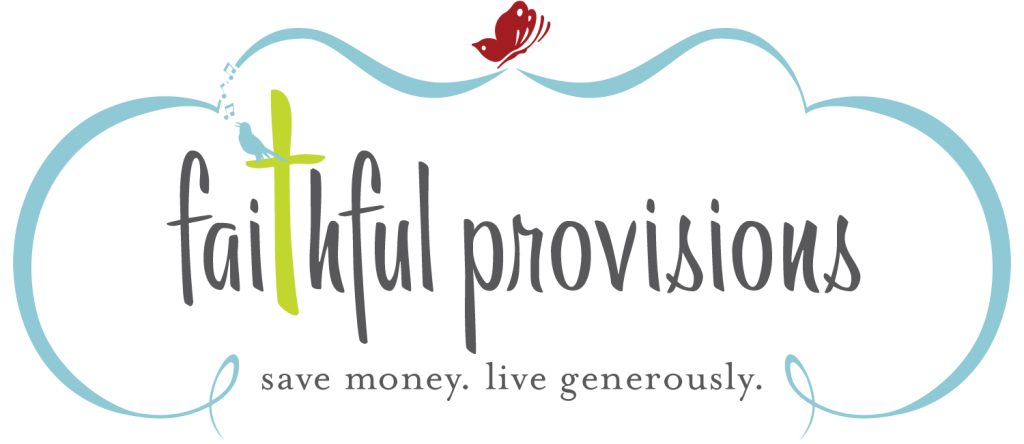home school before
Kelly, at the fantastic frugal living site, Faithful Provisions, and I have teamed up to bring readers all sorts of organizing tips for several areas in the home including a home school set up, a home office, the kitchen and others. While Kelly is naturally pretty organized, even she was running into some snags . . . which is where I come in. Having an outside eye with years of experience in getting things organized can make the difference between just getting along and great productivity & efficiency.
Kelly’s home school area was cute, tucked into a home office, but she was finding that it was hard to get lessons together quickly, parts would get lost, it looked kind of cluttery (that’s a technical term), and it was taking too long prepare. For a busy person, every second counts, and every second you spend looking around for a flash card is one less second spent with your kids. Which is what really counts and is what home schooling is all about.
Here’s some of the questions I asked Kelly (and you can ask yourself if you are organizing this or another space):
- which supplies are used together?
- which supplies are used just by you, which just by the kids, and which do you use together?
- which materials were current and which were finished projects that could be moved out of the space?
- which materials were outdated/outgrown/not working as needed?
- what items were used frequently (daily or weekly) and which were used only occasionally?
- what were the sticky parts now – where are the hold ups and places she’d get bogged down trying to get things done?
- what parts were working well (if something works, you don’t need to mess with it . . . though often it can be tweaked to work even better . . . and that lets me know more about the best ways to organize other areas)?
I also asked her to walk me through her home schooling day . . . showing me the steps she takes . . . so we could reduce the amount of effort used to make her day work smoothly.
We started by gathering up ALL of the home schooling supplies and separating them from office supplies and toys that had crept into the space. We used the adjacent hallway and just spread it all out. We created categories for each group of items – depending on what they were used for. Once we got started and I explained my thought process (like with like AND how things are used when she’s home schooling), Kelly quickly got the idea and we moved along. Once everything was grouped, we were able to weed out repeats, items that were not being used or were broken or not functional. It’s amazing how much you don’t need gets mixed up with the useful stuff. Once we had the items together that she KNEW would be used, we determined where and how they’d be stored. I’ll save the where for ‘part 2‘ but the how involves lots and lots of bins!
A big tip when sorting: Just because items are similar, that doesn’t necessarily mean that they are used the same way. You may have crayons, markers and pencils that seem like they’d be grouped together. But if you use the crayons for coloring, the markers for geography class and the pencils for journaling, then these items need to be with the group of things that they are USED with. Grouping like with like means items that are used together, go together. This way when you want to do spelling with your child, you don’t have to go to three different locations to have all of your materials.
supplies before organizing
Once we knew what we were keeping, and we had things grouped together by usage – and in the home school situation – there were items that were used by the kids, and those that were only used by Kelly – so we actually had two primary groups (kids & Kelly) along with the subgroups of the ‘stuff’. Then we looked at access – how often did each thing need to be used and how easily accessible did it need to be. This determined how things were stored – whether they should be tucked away for infrequent use or placed in easily accessed places. Frequently used things were in open containers and storage, while the rest were placed in bins and labeled. Just ask Kelly how much she loves her new label maker!
Kelly & I laughed a bit at the end because she was thrilled with how it turned out but she admitted she was confused and a bit frustrated with all my questions at the beginning. But once we got started, she realized that those questions were what made the process go so smoothly and quickly. A Professional Organizer doesn’t just have ONE certain way of organizing – it’s all about making it work for each individual client. And the only way we know that, is to get to know not only the space & stuff to be organized, but to get to know the client as well.
Next week: Re-purposing, showing off the finished project and being creative with storage!


